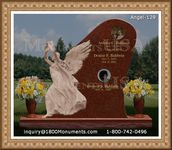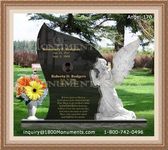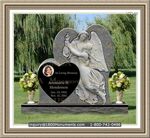|
Basics To Notice When Concerning Funeral Car Flags
There are many situations which require a bit of planning when dealing making final arrangements for someone who has passed away. One of these is that funerary services are often held at a location other than the cemetery where the body is to be interred. To make sure the transition from one facility to another goes smoothly, funeral flags are usually employed.
When mourners travel as a group from one site to another, it is called a burial procession. In some areas this ritual is carried out on foot as the bereaved wall through the streets carrying the deceased's casket or urn, though it is more common in modern times for the parade to be comprised of vehicles. The body is transported in a hearse which leads the line.
The processional line up usually begins with the hearse, which transports the body or remains of the one being mourned. Then comes the limousine, or car that holds the deceased's spouse, parents, children or significant other. Next in order are immediate family members followed by all other vehicles carrying mourners.
Quite often, a police escort is assigned to lead the procession and keep the chain of vehicles unbroken. Other tools, such as banners, may be used to identify members belonging to the group of bereaved travelers to bystanders. There are multiple types of these products that may be utilized for this purpose.
One option is a wide banner that stretches across a vehicle's hood like a ribbon, stating the procession's purpose. Another choice is a pennant that flies from a plastic pole that is held in place by the window of the car's door. An alternate version of the flag is a style that uses a magnetic base to hold firmly to the automobile's roof or body.
These average staff of these products is about twelve inches and made of a strong, yet flexible plastic. The pennants are thick material in an easily noticed size of approximately 6 x 9 inches. Though they come in several colors, orange, white or purple with a cross of a contrasting color in the center are most common.
|
|



























